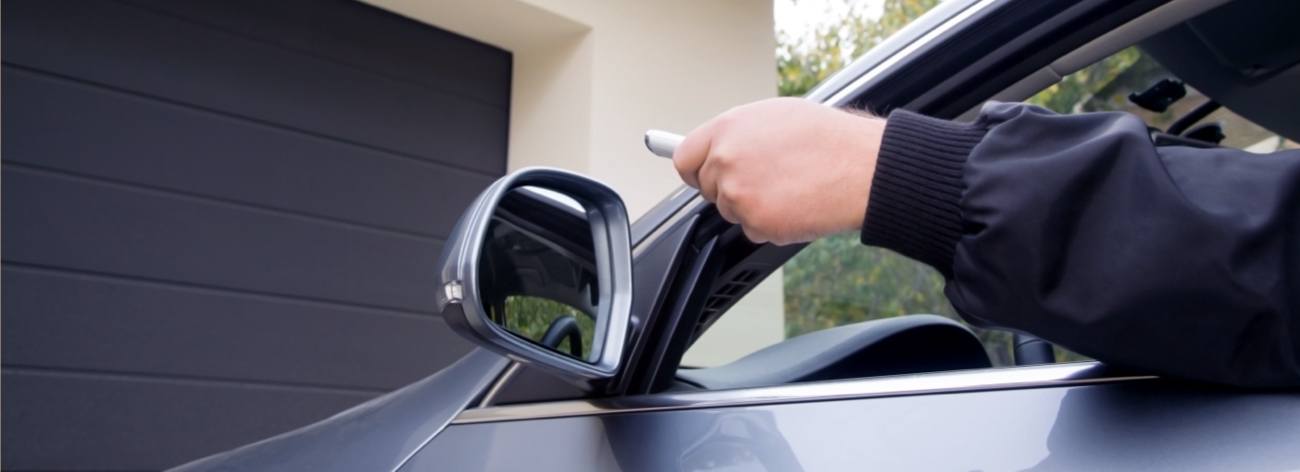Your garage door plays a crucial role in your home’s security, convenience, and protection. However, like any mechanical system, it is prone to wear and tear and can experience issues that lead to an emergency. Understanding how to handle these common situations can help prevent costly damage and ensure safety.

1. Garage Door Won’t Open or Close
A garage door that won’t open or close is a significant inconvenience, especially when your vehicle is trapped inside or you’re unable to secure your home. The issue can arise from a variety of causes, such as a broken torsion or extension spring, a malfunctioning garage door opener, an obstruction in the tracks, or even electrical issues like a power failure.
If you face this issue, avoid forcing the door, as it may worsen the problem. Instead, check for simple solutions, such as an unplugged opener, a blocked sensor, or a tripped circuit breaker.
2. Broken Springs
Garage door springs handle the heavy lifting required to open and close the door. Over time, these springs can wear out and break, causing the door to become inoperable. A loud snapping noise often signals a broken spring. If this happens, never attempt to lift the door manually. It’s essential to avoid trying to replace the springs yourself, as they are under high tension and can cause serious injury. In this case, contacting a professional immediately is the safest course of action for spring repair.
3. Off-Track Garage Door
When a garage door goes off-track, it becomes a dangerous situation that should not be ignored. This issue can arise due to an impact from a vehicle or heavy object, loose or broken cables, or misaligned or bent tracks. Trying to realign the door without proper knowledge can result in additional damage. We have the necessary tools and expertise to safely reposition the door and ensure its proper operation.
4. Snapped or Loose Cables
Garage door cables work in tandem with the springs to lift and lower the door. Over time, these cables can fray or snap due to regular wear and tear. If you notice a loose or broken cable, it’s crucial not to use the door to prevent further damage. Do not attempt to repair the cables yourself, as they are under high tension and mishandling can lead to injury.
5. Malfunctioning Garage Door Opener
A malfunctioning garage door opener can prevent the door from operating, and there are several potential causes for this. Common issues include dead remote batteries, misaligned photo-eye sensors, or a stripped gear or worn-out motor. If the opener is unresponsive, first check the batteries and the alignment of the sensors. If neither of these is the issue, it’s advisable to have a Precision technician diagnose and fix the problem.
Preventing Garage Door Emergencies
While emergencies can still happen, regular maintenance significantly reduces the chances of unexpected issues. To keep your garage door in optimal condition, inspect the springs and cables for signs of wear and replace them when necessary. Keep the tracks free from debris and ensure they are properly aligned to prevent malfunction. Lubricating moving parts such as rollers, hinges, and tracks ensures smooth operation.
It’s also important to regularly test the safety sensors to verify they’re functioning properly. Lastly, scheduling annual professional inspections can catch minor issues before they escalate into emergencies.
Invest in Regular Maintenance
Garage door emergencies can be frustrating and potentially dangerous but knowing how to respond can prevent further damage and protect your safety. Always prioritize professional repairs over DIY fixes. Improper handling of a malfunctioning door can result in injuries or more significant issues. By investing in regular maintenance and promptly addressing any problems, you can keep your garage door working smoothly and securely for years to come.



